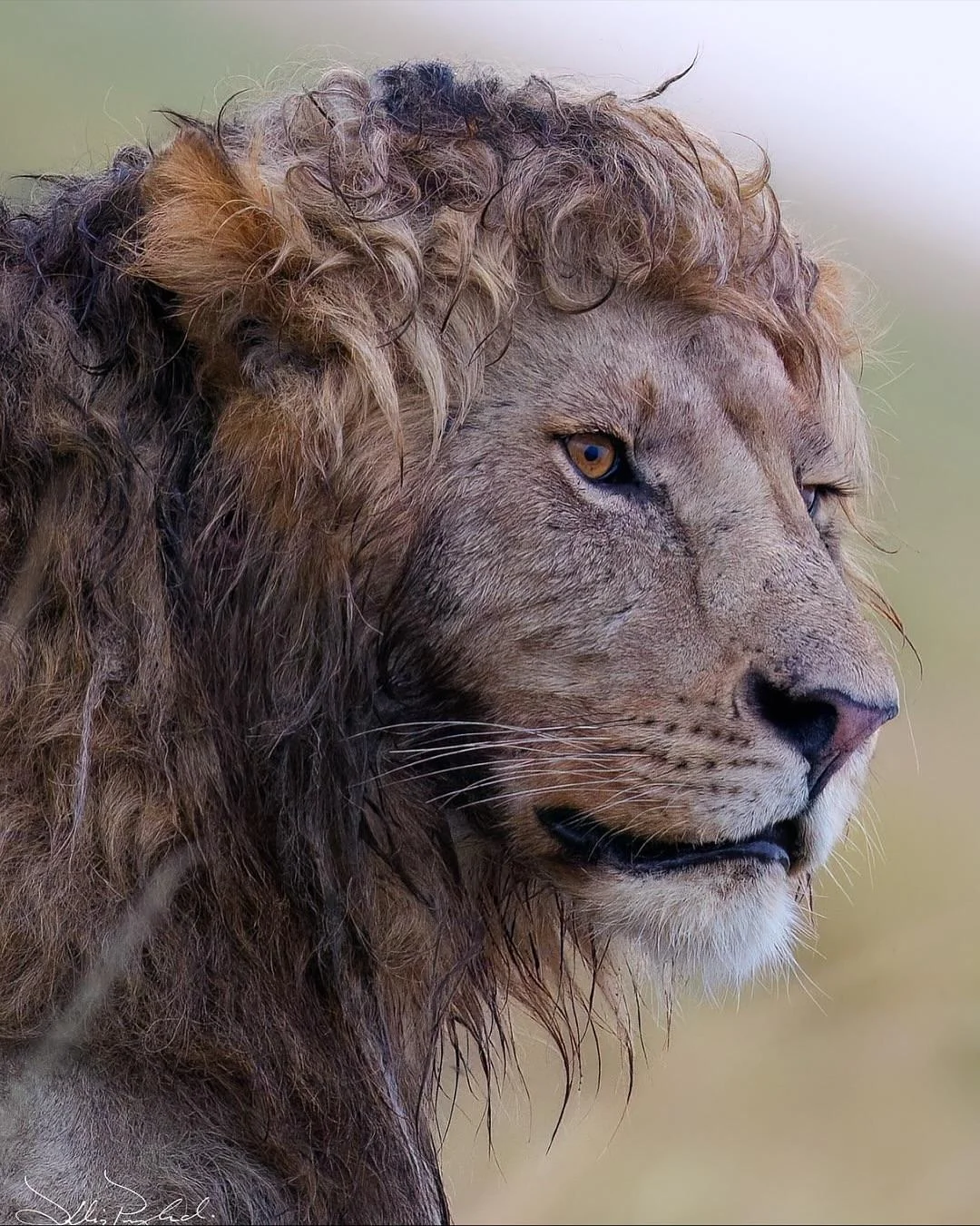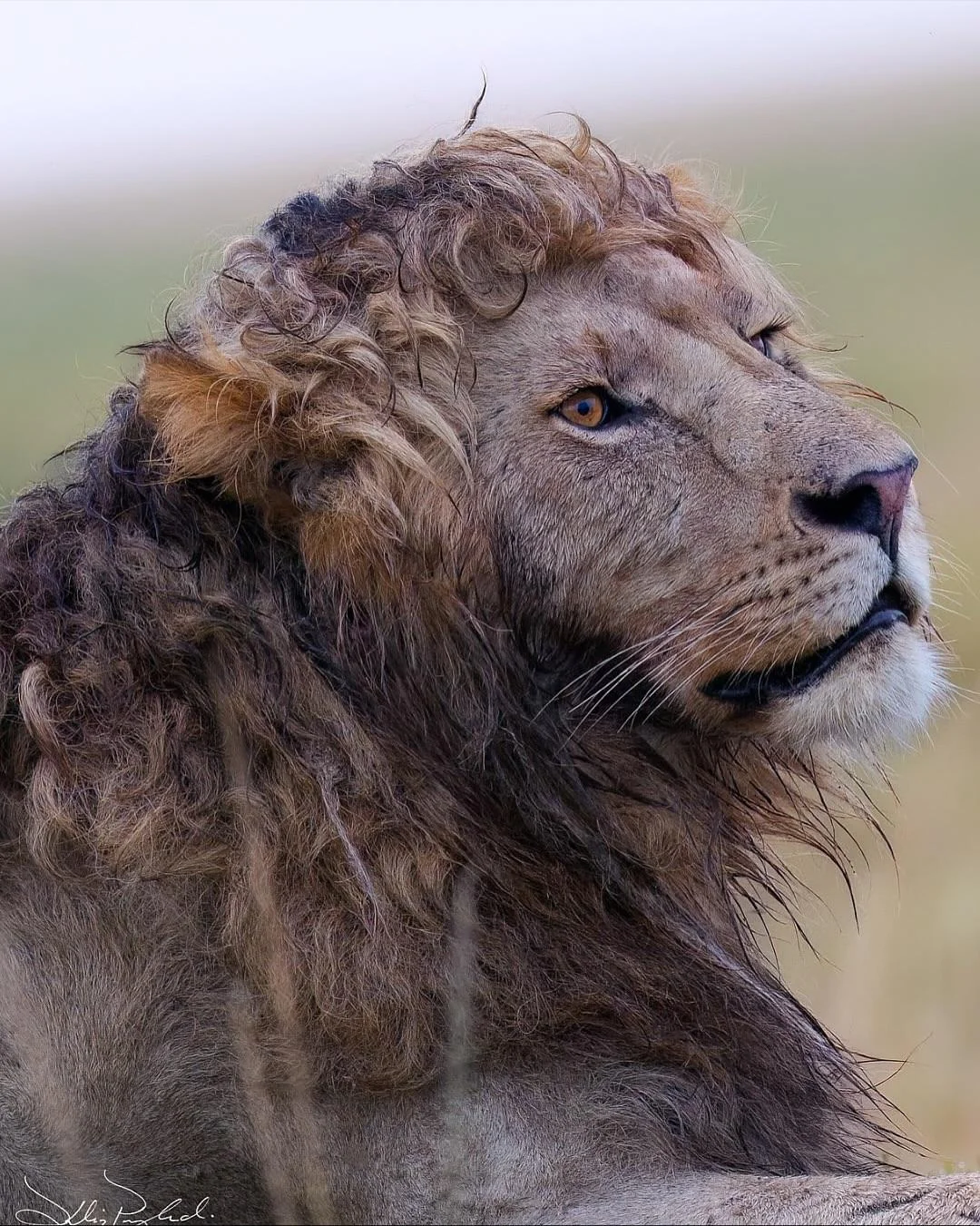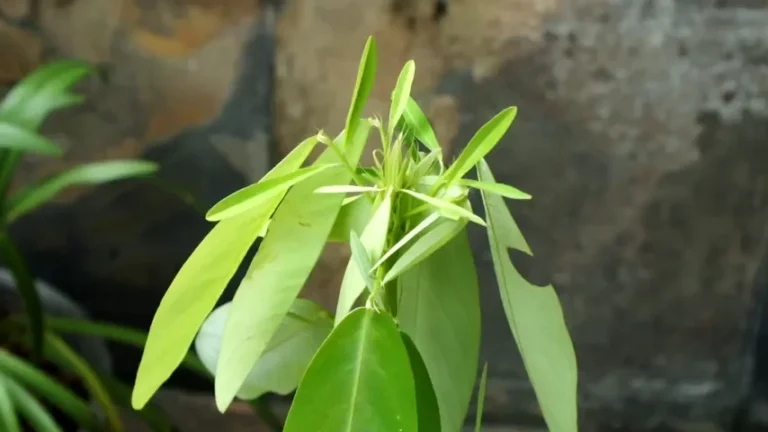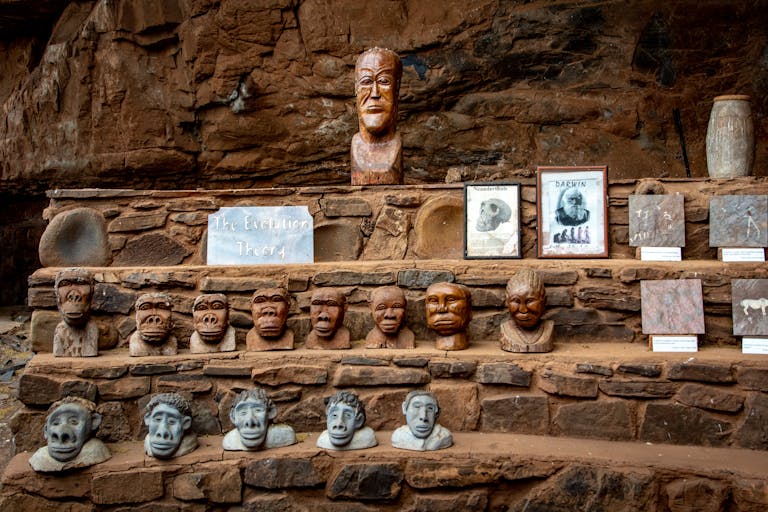A lion with a mane of tight curls stopped the scroll this week, a wild coiffure that looked straight out of a salon ad. The image was striking—and a perfect entry point into the science written in a lion’s hair.
Why a lion’s mane can look curly
To human eyes, the ringlets read as style. In nature, they are most often the work of weather. After rain or a river crossing, a mane can kink, clump, and spring into curls as it dries, especially in humid air.
Guides across East Africa routinely see the transformation after wet mornings on the Mara or Serengeti. A few hours of wind and sun later, the same lion looks more familiar—less blowout, more broad halo.
The signals hidden in that halo
Beyond occasional curls, a mane is a billboard. Studies of African lions have shown that darker, fuller manes tend to track with higher testosterone, maturity, and strong nutrition, while sparse or lighter manes often correlate with youth, stress, or heat. Temperature matters: in hotter regions, manes are typically shorter and paler, and in places like Kenya’s Tsavo, adult males can be nearly maneless.
Those patterns reflect trade-offs. A dense, dark mane can attract mates and intimidate rivals, but it also traps heat. In warm climates, natural selection nudges toward cooler coats; in cooler areas or seasons, luxuriant manes are common and advantageous.
A lion’s mane is not vanity—it is biology on display, shaped by weather, energy, age, and competition.
From viral photo to real-world stakes
Viral images of charismatic animals spark joy, but they also spotlight a species under pressure. Across the continent, African lion numbers have declined sharply over the past century, and the species is listed as Vulnerable on the IUCN Red List. Habitat loss, conflict with people, and declines in wild prey remain central threats.
When a curly-maned portrait circles the globe, it’s a chance to look closer: at the craft of wildlife photography, the natural story behind the look, and the conservation that keeps such moments possible.
- Support reputable conservation groups and protected areas that safeguard lions and their prey.
- Credit photographers and verify sources; authentic field images help fund and inform protection efforts.







